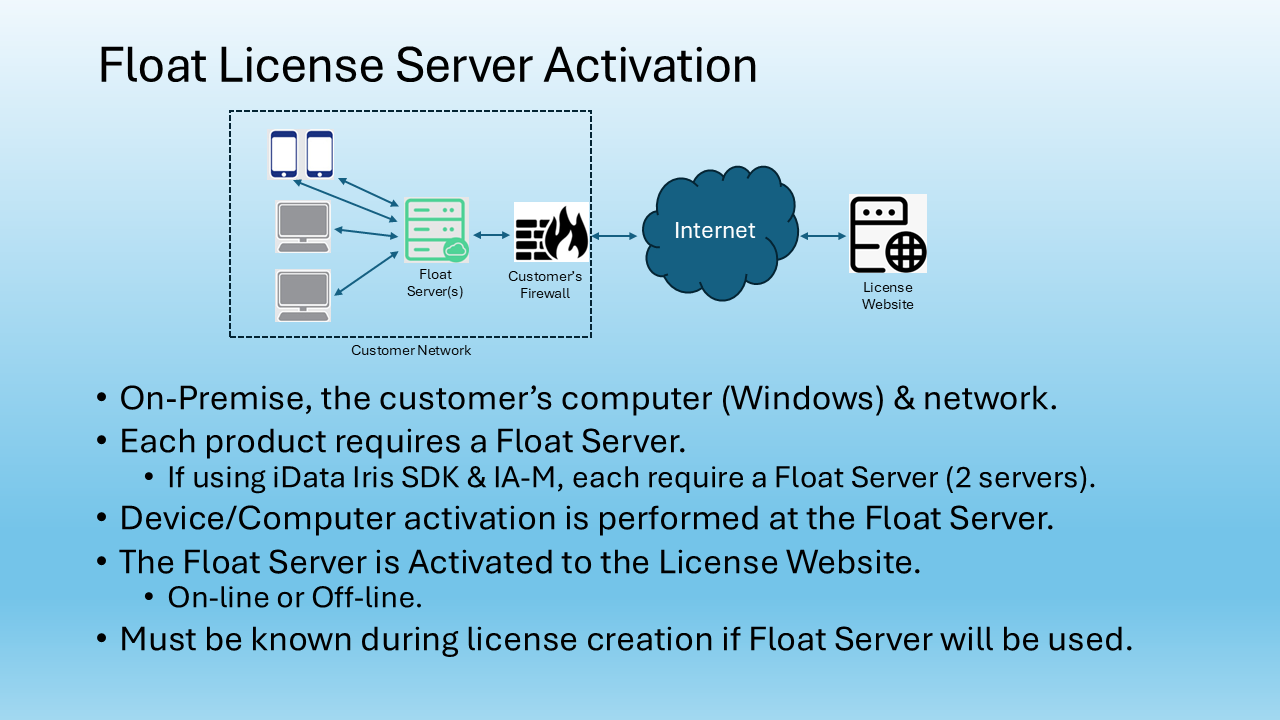Iris Recognition: The Ideal Identification Solution for Law Enforcement
Whether in the field, during inmate intake, or at the border, law enforcement teams of all sizes are turning to iris recognition as a superior means of identity verification. Why? Because iris recognition technology offers law enforcement a fast and contactless means of verifying identities with up to 99% accuracy. As the adoption of iris recognition technology begins to grow amongst the nation’s top agencies, law enforcement agencies of all sizes are beginning to see the value of iris recognition for a variety of public safety and justice applications.
Unlike other methods of identification, iris recognition is non-invasive (touchless), stable, and fast. Enrollment and authentication takes less than 2 seconds. Above all, iris recognition is supremely accurate, an essential factor when it comes to law enforcement applications. The iris has 240 recognition points, far more than any other biometric technologies, supporting higher security, fewer false positives, and absolutely no opportunity for bias. There is no worry about mistaken identity as no two people, including identical twins, share the same iris patterns. Plus, iris recognition is a completely touchless identification solution, which helps prevent the spread of viral and/or bacterial infection.
These facts, combined with iris recognition’s rapid growth in other industries such as aviation and workforce management, have cemented iris recognition as the superior method of identity verification – one that law enforcement can’t afford to ignore.
Proven Applications for Law Enforcement
In 2014 Iris ID was contracted by the FBI to supply hardware and software components for the enrollment and identification of irises for the Next Generation Identification (NGI) Iris Service – the world’s largest and most efficient electronic repository of iris images. In 2020 the NGI Iris Service was made fully operational and is most used today for the identification and validation of individuals entering and exiting correctional facilities where identity mix-ups are the root cause for many prison escapes in the U.S.
The NGI Iris Service and associated Iris ID solutions help to mitigate the risk of mistaken identity by using iris recognition technology to positively identify prison inmates at booking and upon release. This kind of process automation not only reduces booking time, it potentially eliminates the need for the time and resource consuming process of 10-fingerprint enrollments.
Local law enforcement agencies, such as the Los Angeles County Sheriff’s Department, York County Sheriff’s Office, and Australia – New South Wales Department of Corrective Service also utilize Iris ID solutions to reduce their administrative burden. These agencies effectively submit a person’s biometric data to verify identity against state and federal criminal databases to quickly access an individual’s complete criminal history. Using the iris identification data provided either in the field or during intake, law enforcement officials can view linked records including mugshots, RAP sheets, and other NCIC data (warrants, sex offender registration, immigration status, etc.).
New developments in iris technology have enabled mobile capabilities ideal for screening immigrants at the border. This mobile identification service is fast and iris images can be collected quickly in the field using small, contactless cameras. Iris recognition also helps mitigate processing delays for individuals with damaged, worn, or mutilated fingerprints. Currently, the US Border Patrol collects up to one hundred thousand iris records per month to help identify those illegally crossing the border.
Additional law enforcement applications for iris recognition technology cover a wide range of applications including visitor authentication, contractor authentication, work-release authentication, time and attendance, and the verification of identities for physical access control. Iris ID’s iCAM R100, a high-speed iris recognition camera module, further integrates with law enforcement’s modular key management cabinets and electronic asset lockers used to store keys, weapons, evidence, and other property safely. With the iCAM R100 in place, only authorized personnel can access these critical assets, eliminating in many cases a need for costly physical credentials.
The Future of Iris Recognition in Law Enforcement
Since its inception in 2020, the NGI Iris Service has accumulated more than 2 million sets of iris images, with roughly 100K new identities being added every month. Given the success of the NGI Iris Service, the Federal Departments of Justice, Homeland Security, and Department of Defense are also rapidly adding iris records to their shared national databases.
This celebrated growth is testimony to the status of iris recognition as a trusted, reliable means of identification for law enforcement agencies of all sizes. As newer technologies allow iris recognition to be deployed more quickly in more places, the adaptation of iris recognition identity management will continue to expand for myriad new applications that further reduce costs, improve operational efficiencies, and enhance security and health safety.


